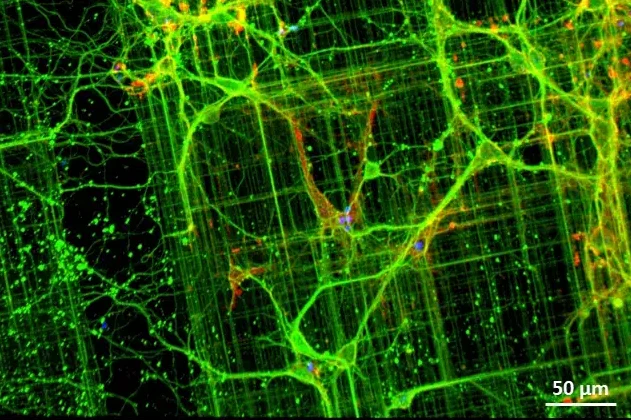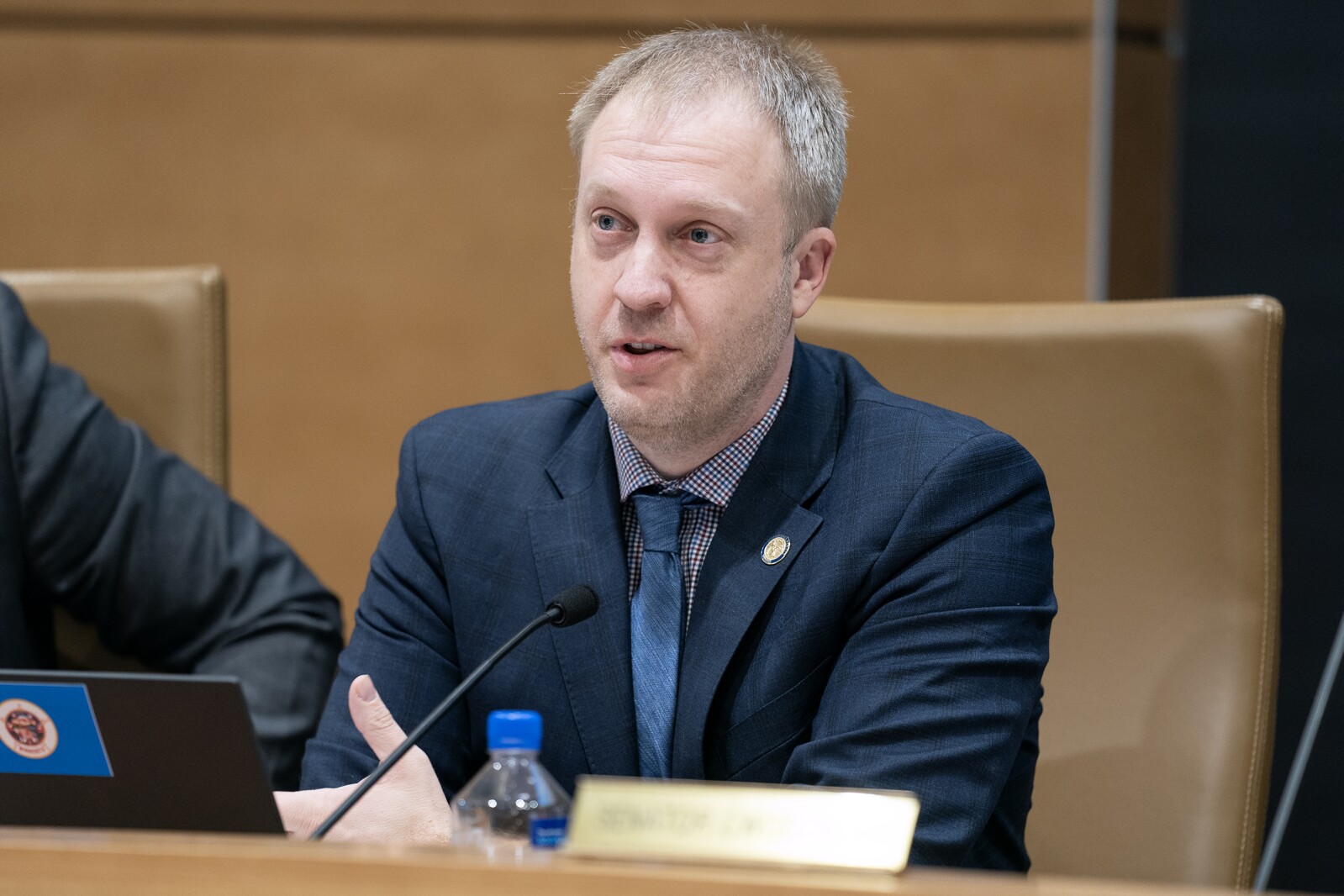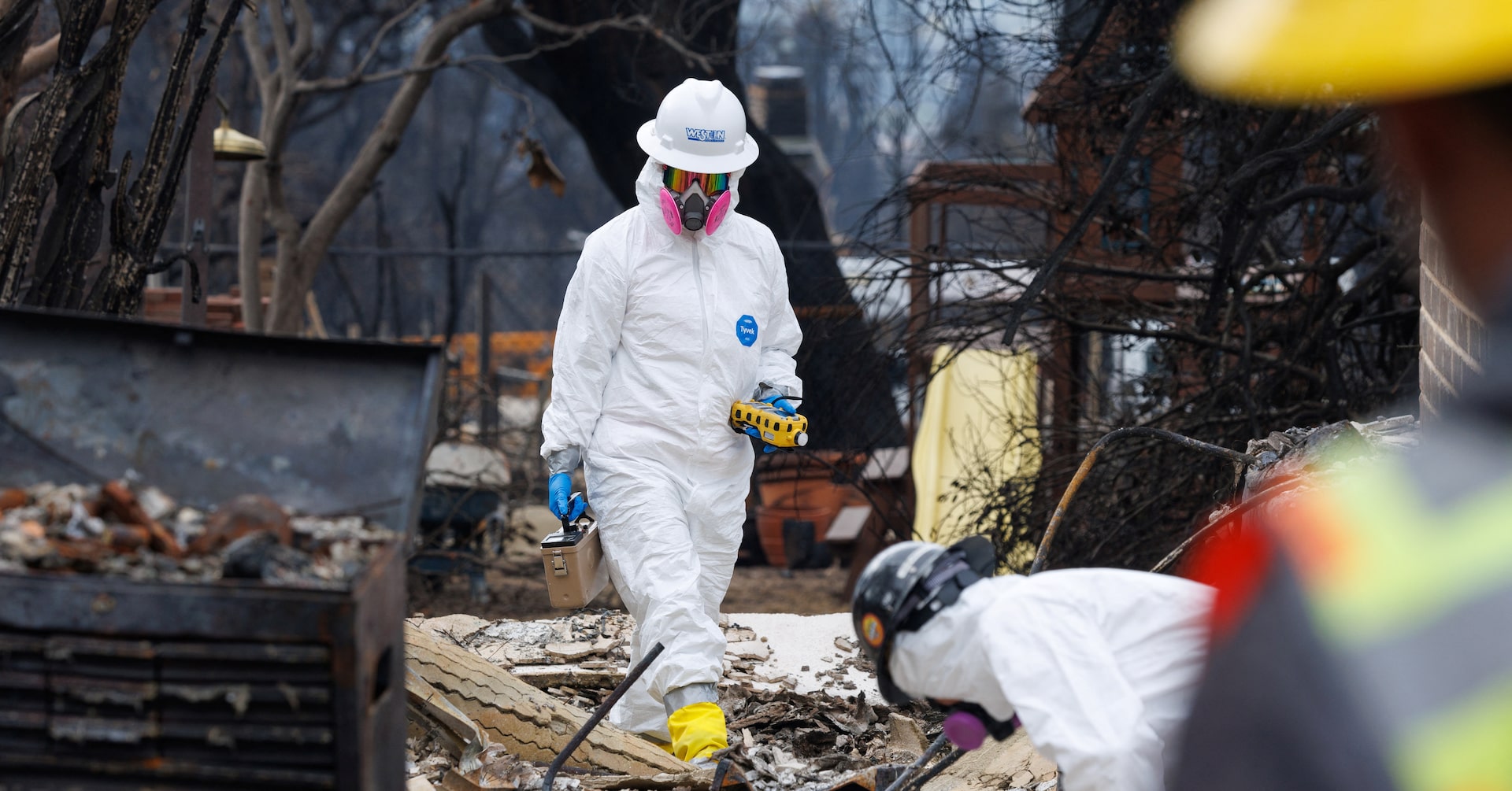
Breakthrough: Nationwide Surveillance System to Track Toxic Threats in Food, Water, and Environment
In a groundbreaking environmental protection effort, the Government of India is preparing to launch Project 797, an ambitious nationwide initiative aimed at comprehensively monitoring toxic substances across multiple critical domains. This innovative project will focus on tracking and analyzing potentially harmful contaminants in the environment, food supply, and water resources throughout the country. Project 797 represents a significant step forward in India's commitment to public health and environmental safety. By establishing a robust monitoring system, the government seeks to identify and mitigate potential risks associated with toxic substances that could impact citizens' well-being. The comprehensive approach will involve advanced scientific methodologies and cutting-edge detection technologies to ensure thorough and accurate assessments. The project is expected to provide unprecedented insights into environmental contamination, helping policymakers develop targeted strategies for pollution control and public health protection. Experts believe this initiative could mark a transformative moment in India's environmental management and public health surveillance efforts. While specific implementation details are still emerging, the project signals a proactive approach to addressing environmental challenges and safeguarding the nation's ecological and human health resources.








:strip_icc()/i.s3.glbimg.com/v1/AUTH_37554604729d4b2f9f3eb9ad8a691345/internal_photos/bs/2022/L/Y/1w1NccTxamOQ3BBBx9Vg/vista-aerea-de-area-desmatada-na-amazonia-para-expansao-pecuaria-victor-moriyama-amazonia-em-chamas.png)
